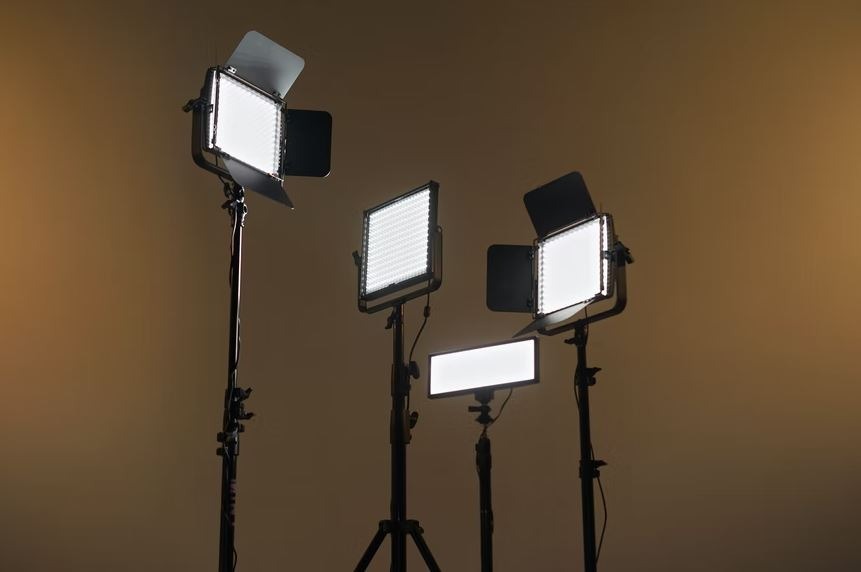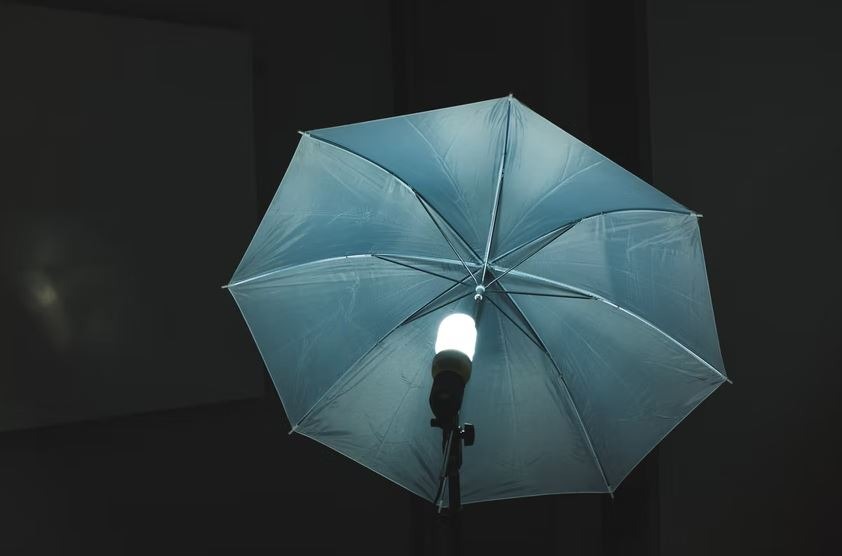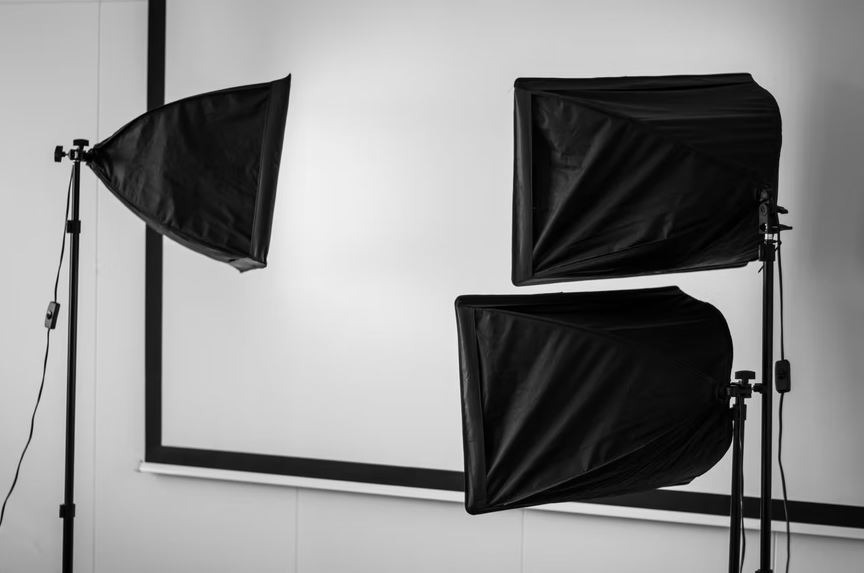If you wish to get studio-style lighting without being restricted by electrified shooting locations, your best bet is to use professional and high-quality lighting that you bring anywhere in the world. From LEDs to monolights, pack-and-head strobe systems, and speedlights, all these portable lighting options are your best bet, be it for indoors, or outdoor photography works.
The catch is that there are numerous options available in the market, and it can be a daunting task to pick the best fit for you. To help out, we’ve summarized all the good points you should be looking for to perfectly choose the portable lights for your photography needs, allowing you to shoot without worries on the go and wherever you go.
Portability
The first and most apparent option you must check is portability. Today, most of the portable lights you can see can be affixed to your camera. That means you can quickly attach them and shoot as you normally do, sometimes forgetting you’re even using one. Others can also double up and be attached to stands. Thus, giving you more freedom to achieve the setup you need for a specific shoot.
Just check the adapter types of the portable light you’re eyeing and ensure that it’s compatible with your camera or stand. While adapters are available, making these tools also genuinely versatile, it would entail spending a few bucks for the additional equipment.
Another main concern about portability is the weight and the design of the product, sans sacrificing its structure and durability. As much as possible, you want to pick a portable that’s lightweight enough for you to comfortably carry around. Plus, its design should not interfere with how you do your shoot. If it gets in your vision or tires your arms out, it’s time to pick a less heavy and better-designed portable light.
Brightness
Lighting is a critical factor in producing a beautiful, successful image. That’s why you need to choose a portable light with enough power and brightness that you need for your photos. To achieve that, opt for portable lights with adjustable brightness. You can adjust dim or brighten the light output when necessary.
Other units also allow adjustment of temperature, which is a definite plus in making your photos look more professional. Some even offer more versatility and flexibility in the brightness and hue of the light by featuring temperature adjustments, bi-color lights, and light filters. Just make sure to check which ones suit your needs.
Battery Life
Perhaps, the last thing you want to happen, especially when shooting on the go, is to see your camera battery getting drained and ending your shoot untimely. The same goes with lighting! After all, you don’t want to shoot in the dark, right?
With that, check the battery of the portable light before purchasing one. Better choose ones with built-in lithium-ion batteries as they are lightweight, charge quicker, last longer, and boast a higher power density than regular batteries. Moreover, you no longer have to spend extra time inserting and removing normal batteries every now and then and just simply recharge the tool through a USB connection.
It’s a bonus if the portable light has a battery life indicator so you can always see how much battery life is left or if it’s already running out of charge. That way, you prioritize important shots and not be left out with a dead light all of a sudden.
Budget
Note that lighting equipment often entails a hefty price, especially if you’re planning to stack up multiple portable lights for a decent, progressional setup. Expect to shell out a considerable amount of money. Some portable lights have higher price tags than others, but remember that being expensive doesn’t always entail quality. So, better scrutinize the specifications of portable lights you’re getting and how different brands fare up against each other in terms of price and performance.
Location and Type of Shoot
Shooting inside a studio means choosing a different type of light than what you’d be using outdoors, where you’d be utilizing more natural light. While you might be shooting in both locations and there is versatile equipment available, it’s best to assess where most of your shots will most likely happen to assess which types of portable light to get.
For instance, LED lights are excellent for indoor or studio, later afternoon or night photography, and during cloudy days. However, if you want to beat the sunlight in a specific location, using a speedlight or strobe light is your best resort as they are brighter.
Added features and accessories
As earlier mentioned, portable lighting equipment can be pretty expensive, wIth the high-end ones reaching incredibly high prices. Yet, that doesn’t mean you cannot get them if you cannot invest a relatively higher amount of money. A great workaround is leaning towards budget-friendly options and getting the right accessories and features to get the same professional feel on your photos.
For example, not all portable lights come with a stand. If it comes with one, it’s a fantastic addition as you don’t need to purchase one separately, plus you get to have more versatility in positioning your lights. Next, a distance remote control can also be handy. By having one, you’ll be able to adjust the settings without the need to press any buttons on the light and prevent it from getting dispositioned.
Since portable lights are meant not to be carried around or packed on the go, having a storage bag or carrier that perfectly fits the portable light will also do wonders for you. You can move it easily or simply throw it in your bag to bring it wherever your shoot is.
Many other accessories are helpful, but be wary as not all of them come free. Never be afraid to ask which accessories come with your buy and which ones need to be purchased separately. Always buy those that fit your budget and are truly necessary for your shoots.
Takeaway
Indeed, portable lights can support and enhance the way you do your shoots. Just make sure to take note of these pointers, and you’ll find the perfect fit that allows you to continue shooting wherever and whenever you want it to be.



